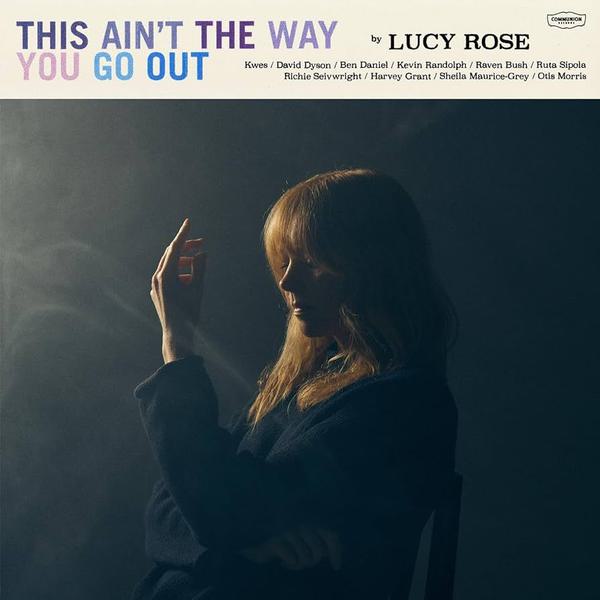Seth Lakeman – Tales from the Barrel House
""

Despite the efforts of the chart-bothering brigade of faux-folkers in recent years, not to mention a major label deal of his own, Seth Lakeman remains the poster boy for the twenty first century authentic folk revival. Live, Lakeman and his elite support ensemble pack out provincial arts centres and student unions alike, his appeal cutting across generations and his audiences eschewing polite applause for fevered ovations and frenzied whoops, displaying uncommon lust towards one so folky. Like Bellowhead, the challenge of capturing this thrumming, thronging, enthralling live experience on CD is close to insurmountable.
Tales from the Barrel House is Lakeman’s sixth full length, and his first free from the strings of a major label since the original release of Freedom Fields, six years ago. The clues are here: in addition to penning and singing all ten tracks on this concept album (a tribute to the toils and triumphs of bygone craftsmen), Lakeman also played everything himself and handled the production as well. Fully embracing his rediscovered liberty, he relocated his many instruments and a single microphone to the cooperage and other disused workshops of Morwellham Quay, intent on creating as raw a release as he has ever made. Given that his Mercury-nommed breakthrough was recorded, famously, in his brother’s kitchen for £300, this was quite ambitious in itself.
Tales from the Barrel House does recall Kitty Jay far more than 2010′s studio-recorded Hearts and Minds. The smoother production and “universal” sound of the latter (his first record to suffer slightly from a sense of predestination) have been cast aside in favour of an ultra-raw ambience, where live birdsong is left to close out tracks and you hear the tape’s click at switch-off. Mike Harding calls him a “multi-multi-instrumentalist” and Lakeman also makes for an indiscriminate percussionist: anything to hand or foot that could clang or thud has been utilised, from bellows to railway track. Cormac Byrne of Uiscedwr – bodhrán doyen and high-octane drummer in Seth’s usual backing band – had a bucket mounted to his kit on the Barrel House tour.
This set can be broadly divided into stylish stompers, including the album’s mining-inspired opener ‘More than Money’, and those sparser cuts, more sedate by comparison, like the rather romanticised final track ‘The Artisan’. Without fetishising the “working man”, Lakeman demonstrates a pensive sensitivity here. Banjo, bouzouki and tenor guitar all feature on the album, though it is Lakeman’s outstanding abilities on the violin that inject intensity and persistence whenever he plays it. On the stark and similarly ruminative ‘Blacksmiths Prayer’ Lakeman strikes an anvil to create a limping, clockwork clang, before launching into a sanguine fiddle solo that adds an extra depth to the song’s haunting reverence. “My anvil and hammer lie gathering dust”, he sings (with the same plaintive nasality that Dylan deployed on Desire‘s ‘One More Cup of Coffee’), “My powerful bellows have lost their thrust” (haw haw). This is as insistent and stirring as his best work, if a little less burly.
“It’s a hard road on your own”, Lakeman declares on what is, appropriately, the most anthemic cut, on the most “solo” release of his career. Though faded from memory and embellished by imagination, the connection to the past is still palpable. There can be no more authentic place to record a mining song than down a mineshaft. Concept outweighs narrative on Barrel House; and the storming tragedy of legend, one of Lakeman’s strongest suits, is a little restricted by the theme, though the visceral ‘Brother of Penryn’ provides a notable exception and ‘Salt from our Veins’ adds an agreeable dose of doom, clinking and chinking under the fiddle’s lurching yowl.
Barrel House has been released with an unusual reticence. Strictly limited edition when first issued last year, this exclusivity has been abandoned in response to a groundswell of dismay from deprived fans – though only “after much discussion”. Quite why Lakeman was so keen to keep it quiet is a little mystifying, and rather at odds with the vivid vitality, (if less thunderous fiddling) of the record itself. This is another engaging and rousing set from one of England’s most effective folk performers, which as much as meeting expectations for the record itself, adds another quality cache to Lakeman’s stock-in-trade, singing songs of “grimy faces, dusty feet” to rapt faces and stamping feet. Rather than feeling gimmicky, of which there was an obvious danger, the album’s setting adds an additional sincerity to the material and another mark on the map of Lakeman’s southwest-inspired songwriting. (What a boon to the Devon and Cornwall tourist boards he must be – after taking in Jay’s Grave, The Hurlers stone circles and Penlee Point, pilgrims can now head to Morwellham Quay as well. Once a working port, now an open-air museum, there would be a metaphor to enjoy here, were it not for Lakeman’s impressive ability to vitalise old motifs with ease.)
While the album’s immediate familiarity owes much to the stylistic continuity between these songs and his established repertoire, and the experimental recording on location might serve partly to disguise the absence of any new direction, no such shift is necessary just yet. Mixing revelry and reverie, Seth Lakeman has earned his renown; having the self-confidence to shrug off a major label deal for total creative control is only a virtue when you can deliver something as strong as this.
Get the Best Fit take on the week in music direct to your inbox every Friday

Chanel Beads
Your Day Will Come

Lucy Rose
This Ain't The Way You Go Out

Maggie Rogers
Don't Forget Me





